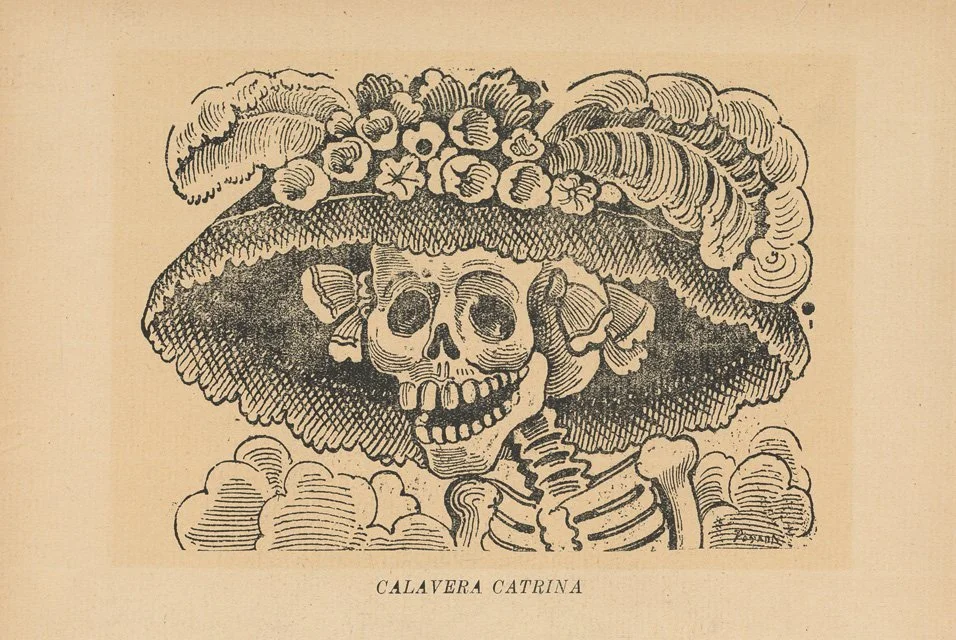How Día de los Muertos Became Mexican: A Cultural History of Day of the Dead
This monograph examines the way Día de los Muertos was promoted by artists, intellectuals, and government officials in the early 20th century as part of Mexico’s nation-building efforts. I take a deeply interdisciplinary approach by surveying magazines, tourist literature, art exhibitions, government documents, anthropological studies, educational curriculum, and cinema, in order to offer a critical explanation for how and why the holiday became associated with Mexican cultural identity during the era known as the Mexican Renaissance. I also explain how the skull and skeleton imagery of Mexican engraver José Guadalupe Posada became both the official iconography of Día de los Muertos and the unofficial national totem of Mexico.







